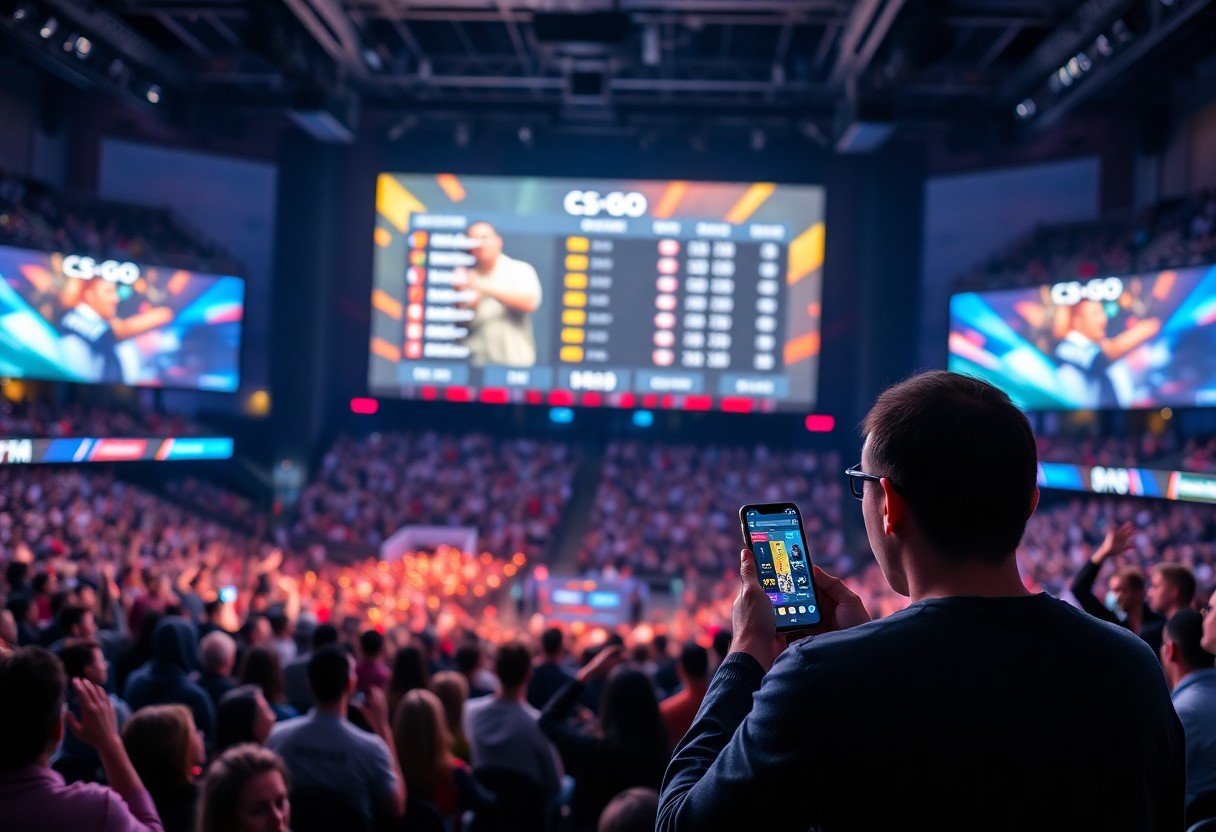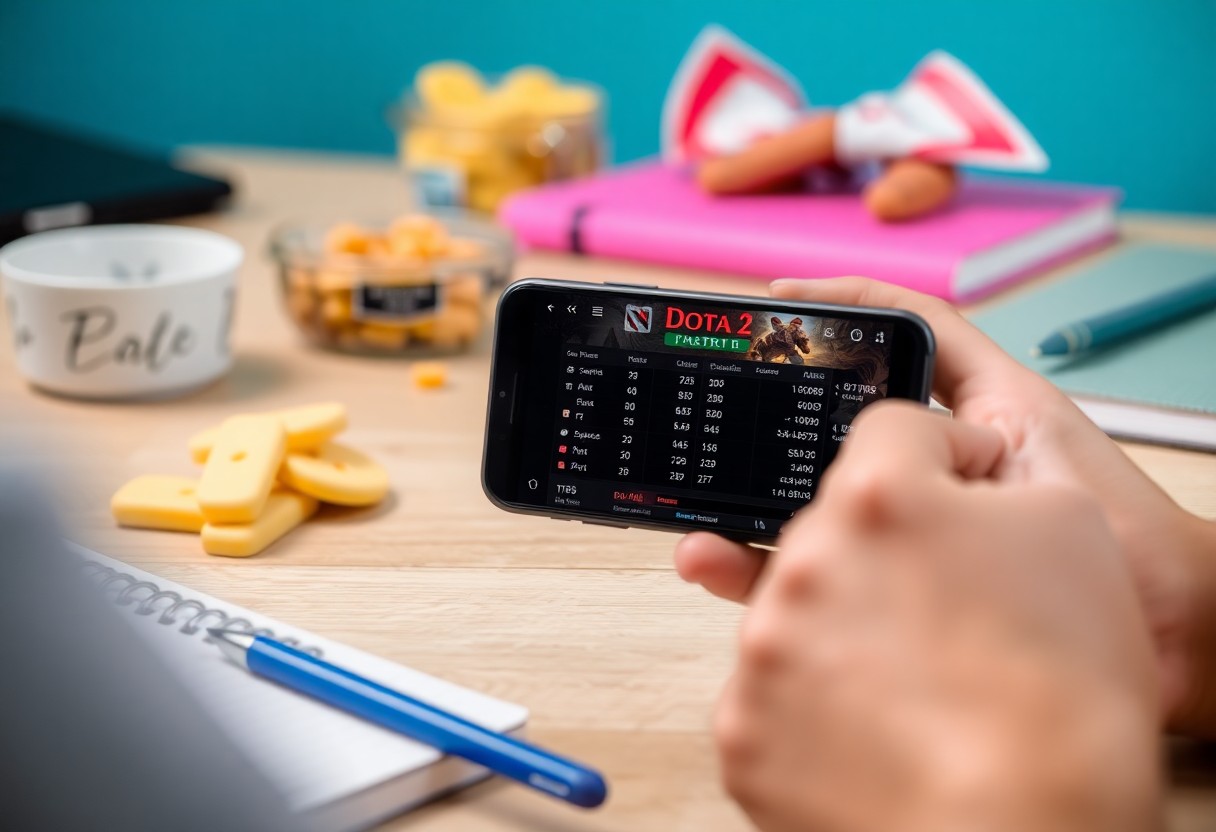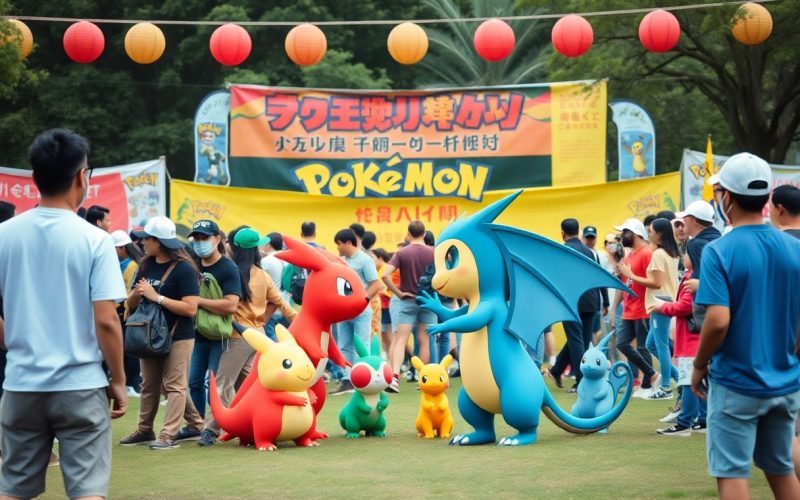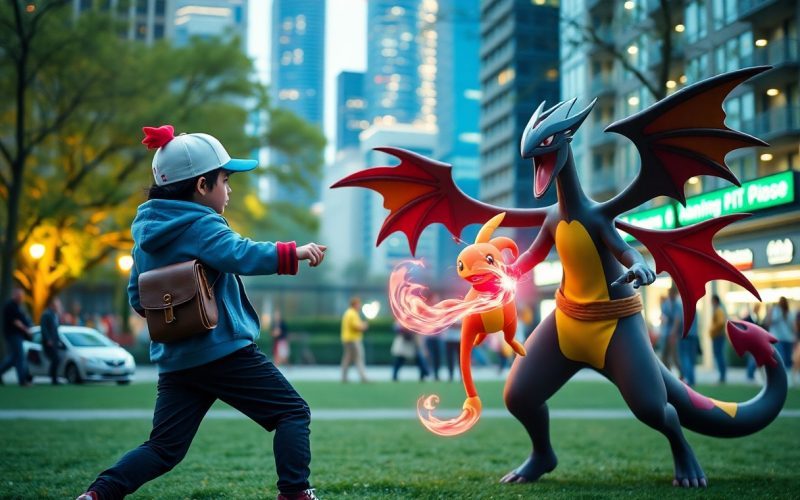With the evolution of Pokémon Go from a casual augmented reality experience to a platform with competitive capabilities, many players are now assessing whether its player-versus-player (PvP) features can stand up to the rigors of serious competition. Launched in 2019, the PvP system has undergone several updates, introducing ranked battles, special leagues, and various seasonal events designed to enhance the competitive experience. This raises an important question: is the current system prepared to serve the needs of serious competitors?
One of the primary aspects to consider when evaluating Pokémon Go PvP is the game’s battling mechanics. The simplified combat system allows players to engage in real-time fights with a combination of fast attacks, charged attacks, and shields to defend against opponent moves. While this design ensures accessibility for newcomers, it may lack the depth found in more traditional competitive games such as Pokémon Sword and Shield or other fighting games. This accessibility can lead to a disparity in skill levels between casual participants and those striving for high-level competition.
Furthermore, the diversity of Pokémon available adds both excitement and complexity to PvP engagements. With over 700 different Pokémon in the game, each possessing unique moves, types, and stats, players have a wealth of options when constructing their teams. The introduction of different leagues—Great League, Ultra League, and Master League—encourages varied strategies and team compositions. While this allows for creative playstyles, it can also introduce balance issues. Some Pokémon, through consistent dominance in performance, may skew the competitive landscape, leading to less variety and making matches feel predictable.
Niantic’s continual updates also play a pivotal role in keeping the PvP scene dynamic. The introduction of seasonal themes and events helps maintain player interest and provides opportunities for new Pokémon and moves to shine in battles. However, frequent changes may challenge players who prefer a stable competitive environment since adapting to new updates demands quick learning and adjustments to strategies.
Another significant factor impacting the competitive viability of Pokémon Go PvP is the nature of the game’s rewards system. Players who engage in competitive battles can earn exclusive Pokémon, special moves, and rare items, which adds an element of motivation to compete. However, the reliance on random chance for outstanding rewards can lead to frustration, particularly for those who invest considerable time and effort into improving their skills. Implementing a more balanced rewards structure may encourage dedicated players and promote long-term participation in competitive play.
Lastly, the Pokémon Go community is vibrant and passionate, with many players actively seeking to improve their skills through community events, online forums, and streaming platforms. This network of engaged players fosters a competitive spirit, allowing strategies and techniques to be shared widely. Furthermore, local tournaments and events provide opportunities for players to demonstrate their expertise in front of live audiences, contributing to the growth of a competitive culture.
In essence, while Pokémon Go PvP has made significant strides towards creating an engaging competitive environment, it still faces challenges that need addressing. The reliance on an accessible combat system, balance issues among Pokémon, and the need for stable updates are all crucial for serious players. However, with a passionate community and continued development from Niantic, there is potential for Pokémon Go PvP to evolve into a respected realm of competitive play.







